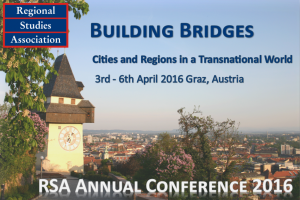Unilever ~ Young Entrepreneurs Are Changing The Game In India’s Slums
Katerina Kimmorely is the co-founder and director of Pollinate Energy. Based in Bangalore, the company sets up networks of micro-entrepreneurs to distribute sustainable technology (like solar lights and clean cookstoves) on payment plans to India’s urban poor.
n 2012, India experienced the largest blackout the world has ever seen. Over 700 million people, 10% of the world’s population, were plunged into darkness. The story grabbed headlines, but the daily reality did not: there are 400 million people in India with no access to electricity. Having just spent several months in Bangalore’s peripheral slum communities witnessing this hardship firsthand, the blackout was the catalyst for Katerina, 27, and her team to found Pollinate Energy.
Read more: https://www.globalcitizen.org/young-entrepreneurs-are-changing-the-game-in-india/



